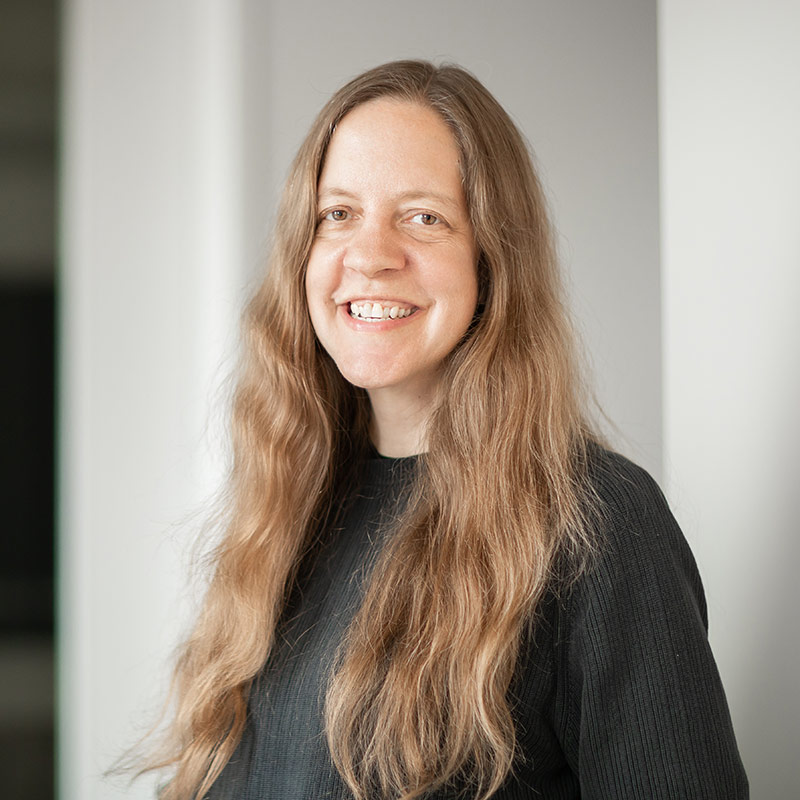Highlighting Indigenous Populations in Research and Testimony
On the occasion of this year’s International Day of the World's Indigenous Peoples, Martha Stroud, Research Program Officer at the USC Shoah Foundation Center for Advanced Genocide Research, highlights the Center’s activities related to research into genocide against Indigenous populations and reflects on the significance of audiovisual testimonies as a scholarly source into these genocides.
After a long period of neglect, the study of genocides against Indigenous populations is becoming an increasingly larger part of the field of genocide studies.
As scholarly debates rage about whether specific cases of mass murders, cultural genocide, and genocidal massacres – especially under the auspices of colonization and colonial expansion – constitute “genocide,” more research into particular cases of genocide against Indigenous populations will help us to expand our knowledge, deepen our understanding, broaden the field of genocide studies, test the limits of our scholarly categories and definitions, and, most importantly, illuminate long-hidden, neglected, or forgotten cases of genocide and mass violence.
Even though the last two decades have seen increasing important research into genocide against Indigenous populations, more research is essential.
Last year, USC Shoah Foundation Center for Advanced Genocide Research held the first ever international conference on the genocide in Guatemala. Scholars discussed many dimensions of the systematic mass violence during the 1980s that left 200,000 mostly Indigenous Mayan Guatemalans dead and more than 1.5 million displaced without basic resources – a genocide that was hidden under the cover of a 36-year civil war that ended in 1996 with a peace accord. Recently-discovered military documents confirm that the killings did not target guerrillas, as the government and military long maintained, but instead targeted the Indigenous Maya Ixil civilian population.
The conference came a year after scholars gained access to a new type of source on the subject of Indigenous peoples – USC Shoah Foundation Visual History Archive’s testimonies of Guatemalan genocide survivors. USC Shoah Foundation’s partner, the Fundacion De Antropologia Forense De Guatemala (FAFG), has been conducting interviews with survivors and witnesses of the Guatemalan genocide. 14 interviews are currently available in USC Shoah Foundation’s Visual History Archive. Seven interviews are available on IWitness and the non-subscription version of the VHA: VHA Online.
With fellowships awarded by USC Shoah Foundation Center for Advanced Genocide Research, research fellows Paula Cuellar Cuellar, Vanessa Dorda, and Lacey Schauwecker have conducted research using the testimonies, which you can read more about on our website.
Social anthropologist Sandra Gruner-Domic, who is the research expert on the Guatemalan testimony project, has written two powerful pieces about the Guatemalan testimonies, which you can read here and here.
The Center has also included lectures about genocides against Indigenous people in its lecture series, including most recently a powerful lecture by UCLA professor and historian Benjamin Madley about his groundbreaking and meticulously-researched book detailing the genocide against Native Americans in California between 1846 and 1873. (View the lecture here.) Professor Madley and the scholars throughout the Guatemala conference all describe the variety of sources and formal and informal archives that they discover and access in order to explore the genocides they are researching.
Testimonies are a significant resource for research against Indigenous populations since they allow researchers to include first-person perspectives that may confirm or complicate the information and perspectives researchers find in other sources. Testimonies often include explanations and insights about events, geographies, and experiences that are not available from other sources.
Supporting the Center’s research fellows and affiliated researchers who are working with the Visual History Archive, we see again and again how testimonies allow researchers to attend to the particularities and uniqueness of individual experience and memory, leading to groundbreaking discoveries that enrich, enliven, or challenge our notions about how particular historical events unfolded. Through comparative analysis of multiple testimonies, researchers are able to identify and analyze patterns that have never been recognized before, leading to more insight into the genocides being explored. Each interview of each who sits down to share their story is a powerful scholarly source to be discovered, consulted, and scrutinized like any other.
Through the willingness of survivors to share their stories, the work of the FAFG, the commitment of the USC Shoah Foundation to preserve and provide access, and the work of scholars utilizing the Visual History Archive, the growing number of testimonies in the Visual History Archive about the genocide against the Indigenous Maya Ixil population in Guatemala is becoming part of the historical record about an event that many in Guatemala today still want to erase.
Like this article? Get our e-newsletter.
Be the first to learn about new articles and personal stories like the one you've just read.
